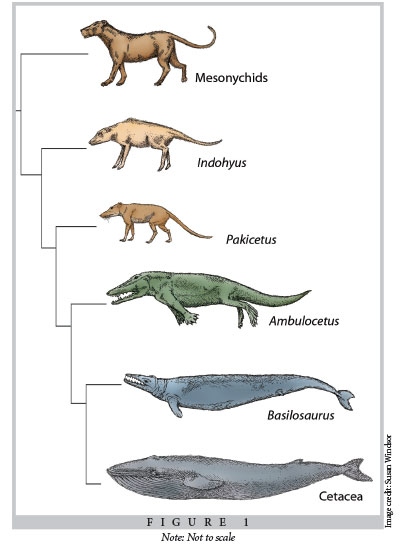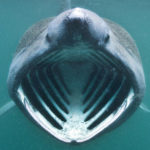ARE WHALES FISH?
July 26, 2022
By Erica Seeley

Living in an underwater environment requires some adaptations to make life easier. Because of this, most marine and freshwater animals look similar. A streamlined body for low water resistance and webbed or paddle shaped limbs used for steering and propelling are key adaptations seen in a large majority of aquatic animals. Whales and fish do look similar and even live in the same water. But are they the same? Are whales fish? The answer is a big NO. The same thing goes for bats and bees. Both have wings used for flying, but they are nothing alike.
For starters, whales are mammals, just like us! They give birth to live young and even have belly buttons and hair! They breathe oxygen from the air using their lungs which are connected to the blow holes on the top on their head. In general, fish don’t have lungs and instead use gills to take oxygen directly from the water in which they live. This means they don’t have to come up and breathe air at the surface. The way they swim is also very different. Fish swim using a side-to-side motion of the tail. Whales move their tails up and down to propel themselves through the water. With all that being said, the dissimilarities don’t stop at physiology and body mechanics.
Let’s go back a few billion years, shall we? All life began in the ocean. It started with tiny microbes and single celled organisms which evolved into small plankton-like animals which then evolved into bigger animals. Eventually, animals started moving partially onto land while others stayed in the water. Fish evolved from animals that never made the switch to land. Whales on the other hand, evolved from land mammals that moved back into the water. In fact, the closest living relative to whales are hippos, followed by deer, pigs and other hooved animals. It is believed that whales evolved from a land-dwelling animal called Pakicetus (See picture) around 50 million years ago after the extinction of the dinosaurs. Whales share many similarities with the land animals mentioned above. They have lungs, chambered stomachs and even a pelvic bone! Although whales don’t have back legs, the presence of a pelvic bone suggests that they once did. There are many adaptations of fish that whales lack including a lateral line system (used for sensing water movement), swim bladder (used primarily for buoyancy), gills (used for extracting oxygen directly from the water) and scales.
To summarize in scientific terms, whales share many analogies (similar function, different origin) with fish. An example of this is the flippers and fins on whales and fish. Both are used for steering and propelling while swimming however whale flippers contain bone while fish fins lack bones. Whales share many homologies (same origin, different function/appearance) with land mammals. An example of this is the nostrils on a hippo and the blow hole of a whale.
Ultimately, whales and fish are ‘flippin’ fantastic in their own right and have both evolved separately to be perfectly suited for their aquatic homes.
References
Johnson, Norman & Lahti, David & Blumstein, Daniel. (2012). Combating the Assumption of Evolutionary Progress: Lessons from the Decay and Loss of Traits. Evolution: Education and Outreach. 5. 10.1007/s12052-011-0381-y.



